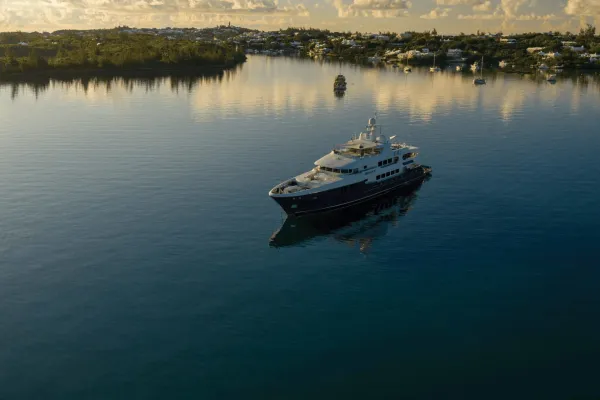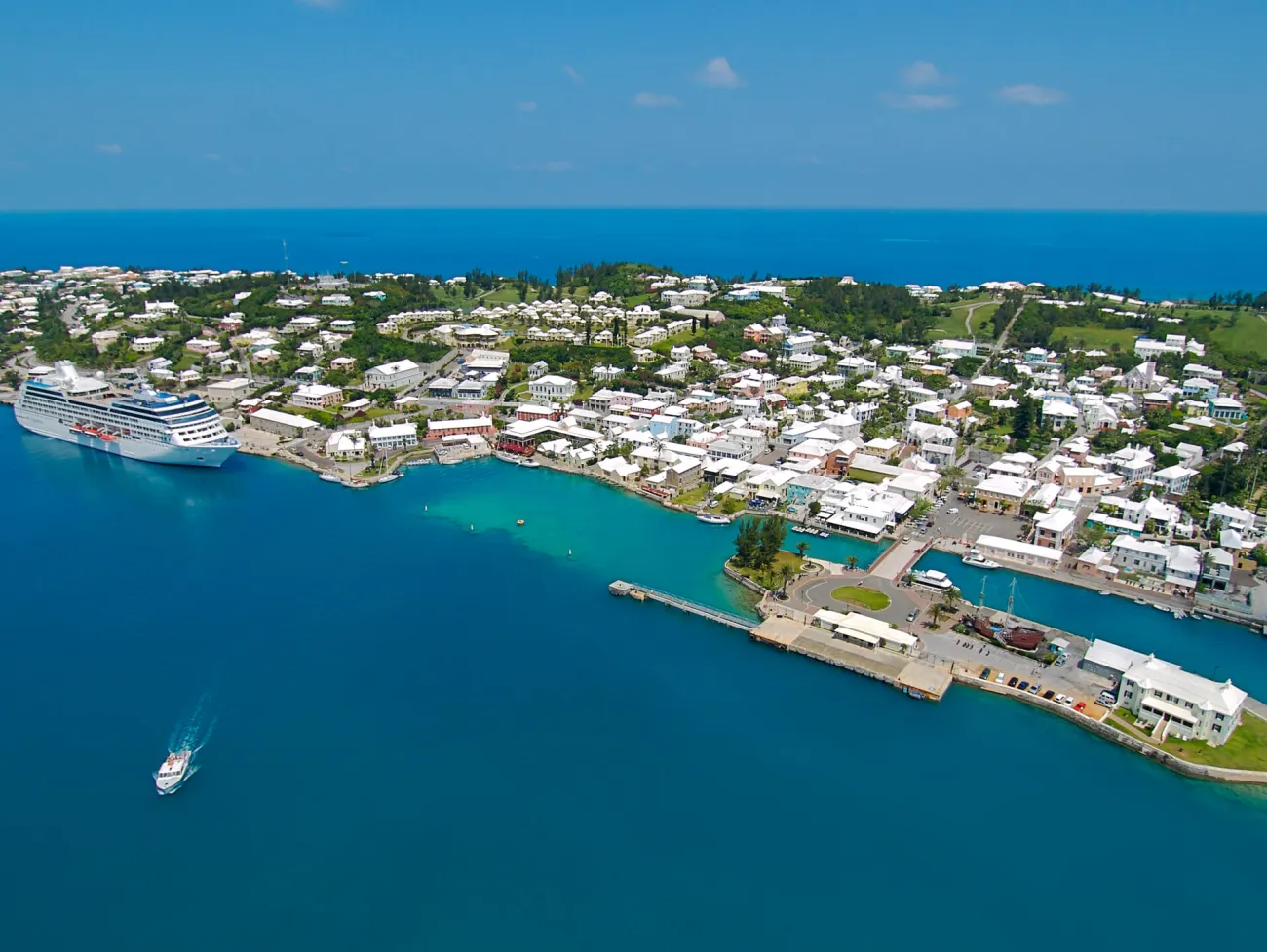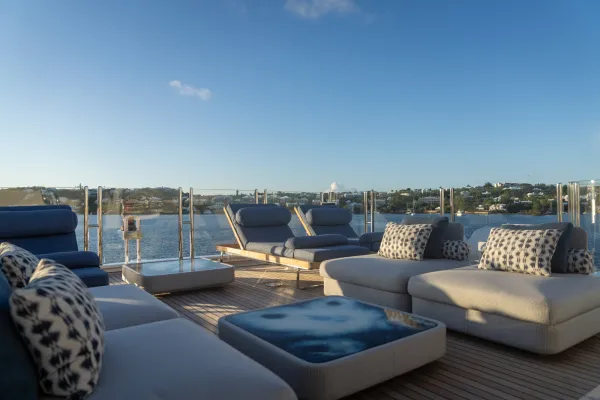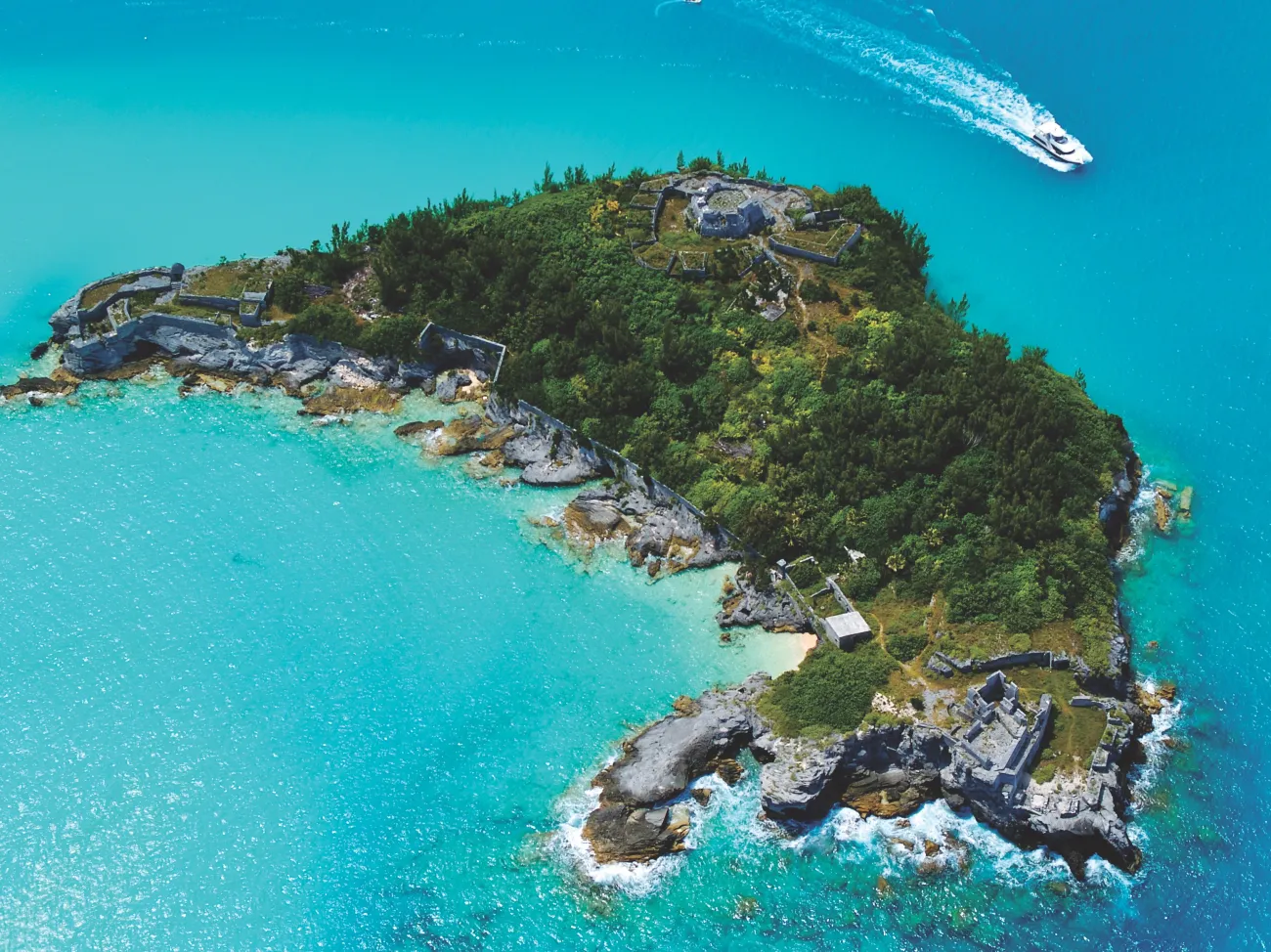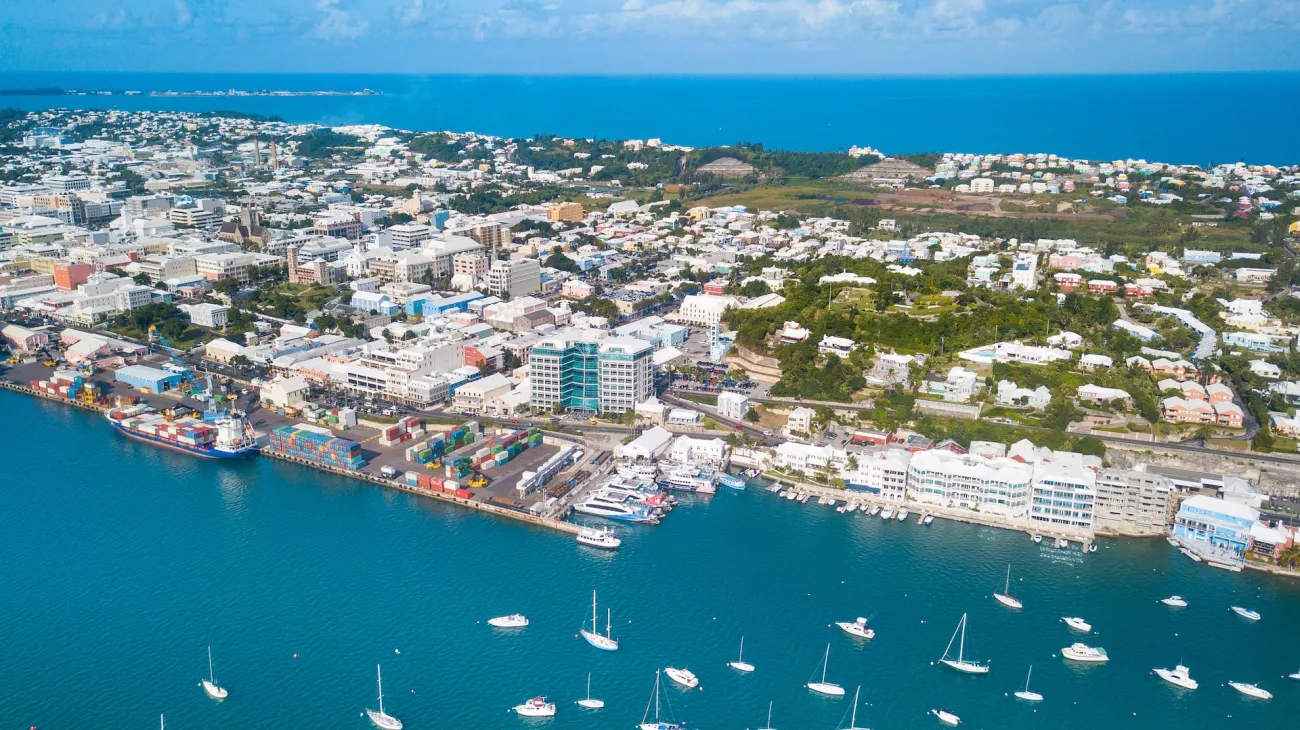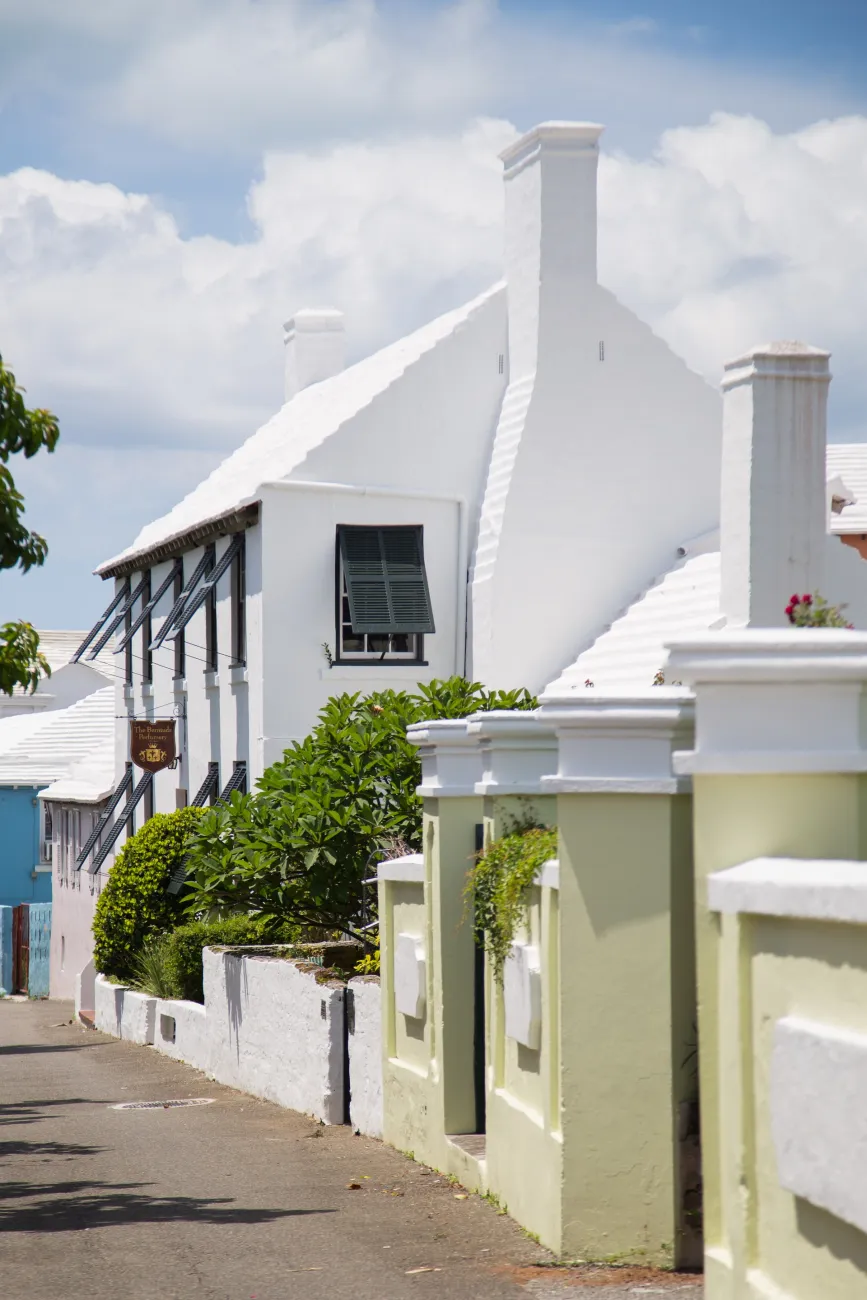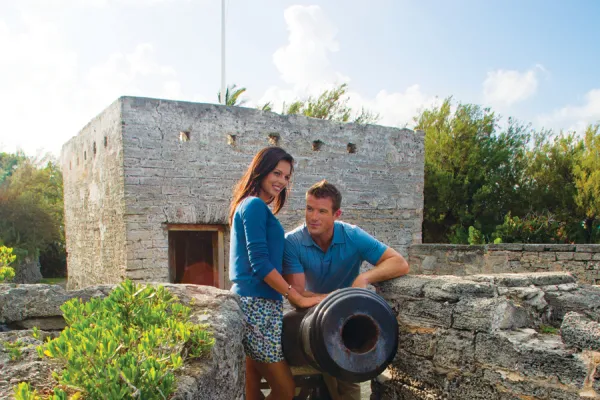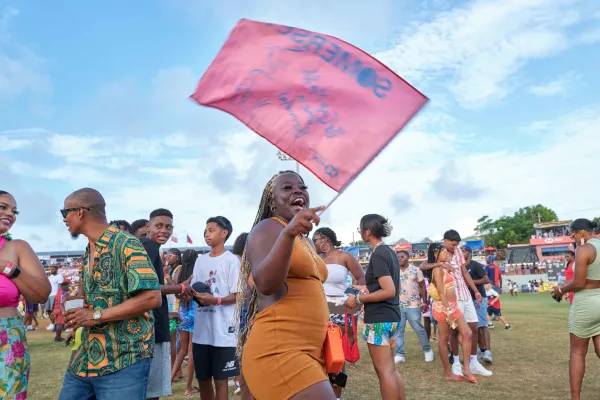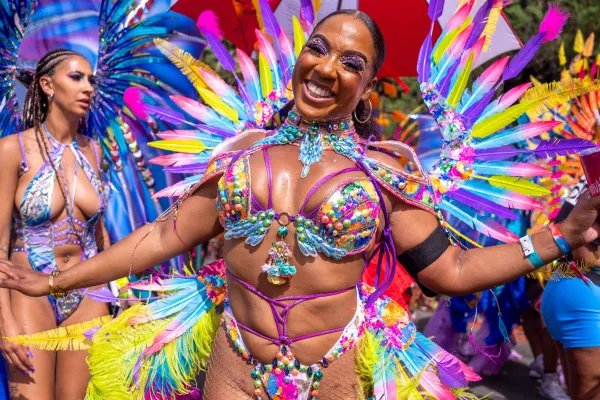Mild weather and climate make Bermuda a great place to visit year-round. It’s an island where understated sophistication, breathtaking natural beauty and vibrant culture blend seamlessly for an unforgettable experience. Famous beaches beckon travellers with pink sand and turquoise waters. Natural wonders like Crystal Caves, Spittal Pond and a shallow, colourful reef invite exploration. Lovers of tennis and golf will find no shortage of places to play – or high-calibre sporting events to attend. An ever-evolving food scene melds flavours from the far reaches of the earth into sumptuous dishes. The island offers history enthusiasts much to explore with the likes of the African Diaspora Heritage Trail and Town of St. George.
Plus, it’s easy to get to and around both on the ground and at sea. See the latest COVID-19 guidance. For concerns related to matters such as groceries, fuel, waste, laundry and more contact Bermuda Yacht Services.
All this and more make Bermuda a safe and perfect destination for superyachts. This itinerary can help you make the most of your (and your guests’) time in and around the island’s 21 square miles.
For even more island inspiration, tailormade itineraries and critical information, download the Bermuda Superyacht Guide.
For a detailed technical guide to operating a superyacht in Bermuda, see the Bermuda Superyacht Captain's Handbook.
